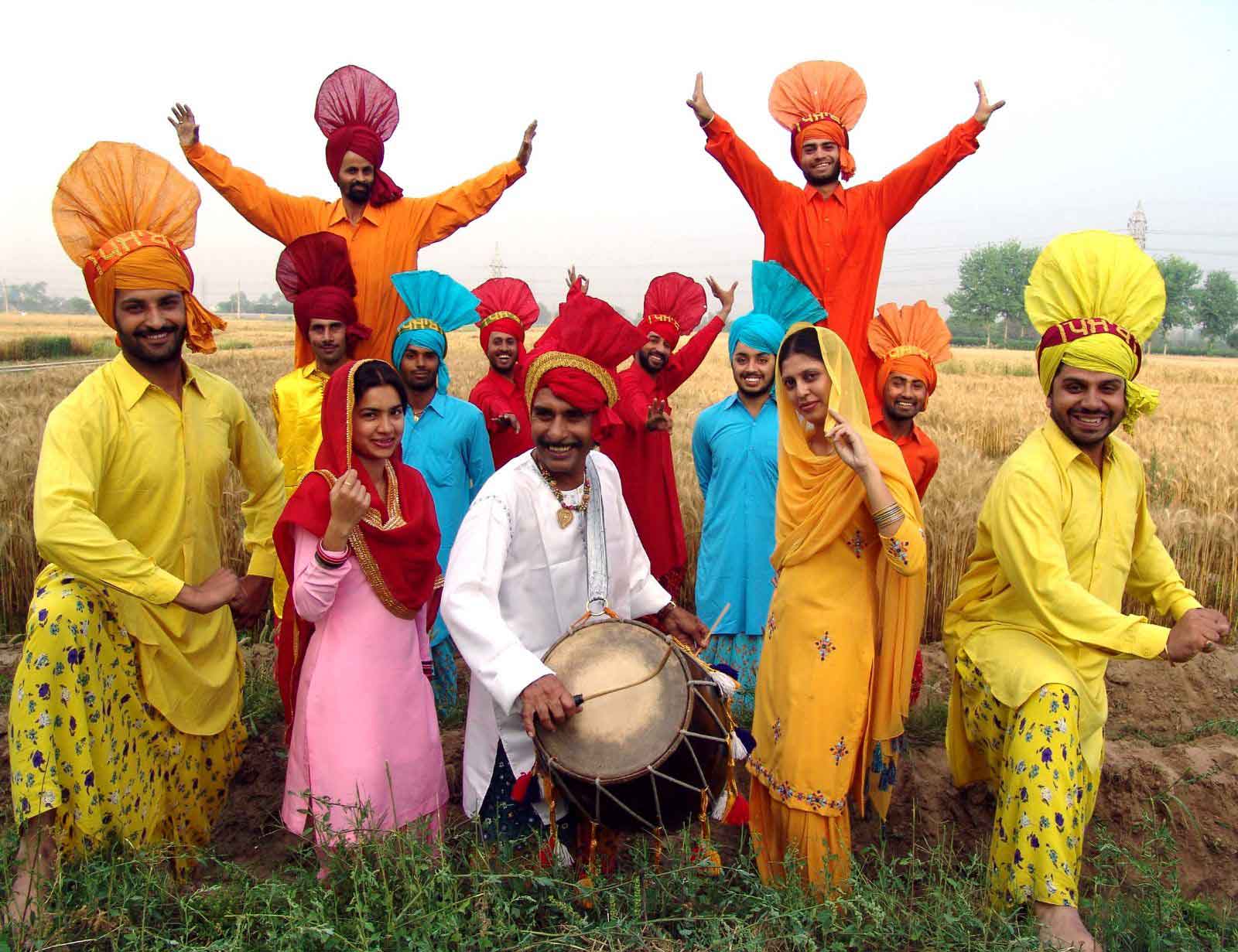The NUHM will meet health needs of the urban poor, particularly the slum dwellers by making available to them essential primary health care services. This will be done by investing in high-caliber health professionals, appropriate technology through PPP, and health insurance for urban poor.
Recognizing the seriousness of the problem, urban health will be taken up as a thrust area for the Eleventh Five Year Plan. NUHM will be launched with focus on slums and other urban poor. At the State level, besides the State Health Mission and State Health Society and Directorate, there would be a State Urban Health Programme Committee. At the district level, similarly there would be a District Urban Health Committee and at the city level, a Health and Sanitation Planning Committee. At the ward slum level, there will be a Slum Cluster Health and Water and Sanitation Committee. For promoting public health and cleanliness in urban slums, the Eleventh Five Year Plan will also encompass experiences of civil society organizations (CSO) working in urban slum clusters. It will seek to build a bridge of NGO–GO partnership and develop community level monitoring of resources and their rightful use. NUHM would ensure the following:
• Resources for addressing the health problems in urban areas, especially among urban poor.
• Need based city specific urban health care system to meet the diverse health needs of the urban poor and other vulnerable sections.
• Partnership with community for a more proactive involvement in planning, implementation, and monitoring of health activities. • Institutional mechanism and management systems to meet the health-related challenges of a rapidly growing urban population.
• Framework for partnerships with NGOs, charitable hospitals, and other stakeholders.
• Two-tier system of risk pooling: (i) women’s Mahila Arogya Samiti to fulfil urgent hard-cash needs for treatments; (ii) a Health Insurance Scheme for enabling urban poor to meet medical treatment needs.
• Resources for addressing the health problems in urban areas, especially among urban poor.
• Need based city specific urban health care system to meet the diverse health needs of the urban poor and other vulnerable sections.
• Partnership with community for a more proactive involvement in planning, implementation, and monitoring of health activities. • Institutional mechanism and management systems to meet the health-related challenges of a rapidly growing urban population.
• Framework for partnerships with NGOs, charitable hospitals, and other stakeholders.
• Two-tier system of risk pooling: (i) women’s Mahila Arogya Samiti to fulfil urgent hard-cash needs for treatments; (ii) a Health Insurance Scheme for enabling urban poor to meet medical treatment needs.
3.1.55 NUHM would cover all cities with a population of more than 100000. It would cover slum dwellers; other marginalized urban dwellers like rickshaw pullers, street vendors, railway and bus station coolies, homeless people, street children, construction site workers, who may be in slums or on sites.
3.1.56 The existing Urban Health Posts and Urban Family Welfare Centres would continue under
NUHM. They will be marked on a map and classified as the Urban Health Centres on the basis of their current population coverage. All the existing human resources will then be suitably reorganized and rationalized. These centres will also be considered for upgradation.
NUHM. They will be marked on a map and classified as the Urban Health Centres on the basis of their current population coverage. All the existing human resources will then be suitably reorganized and rationalized. These centres will also be considered for upgradation.
3.1.57 Intersectoral coordination mechanism and convergence will be planned between the Jawaharlal Nehru National Urban Renewal Mission (JNNURM) and the NUHM.

